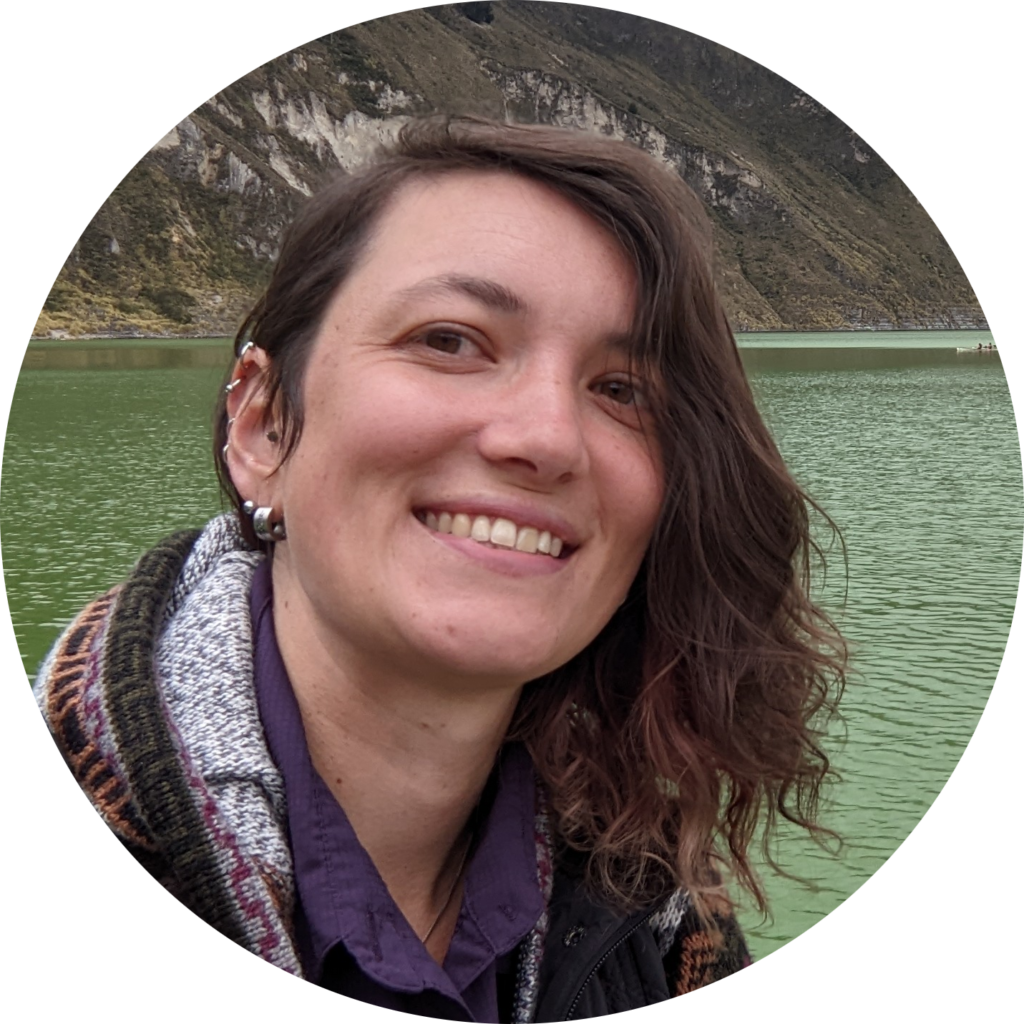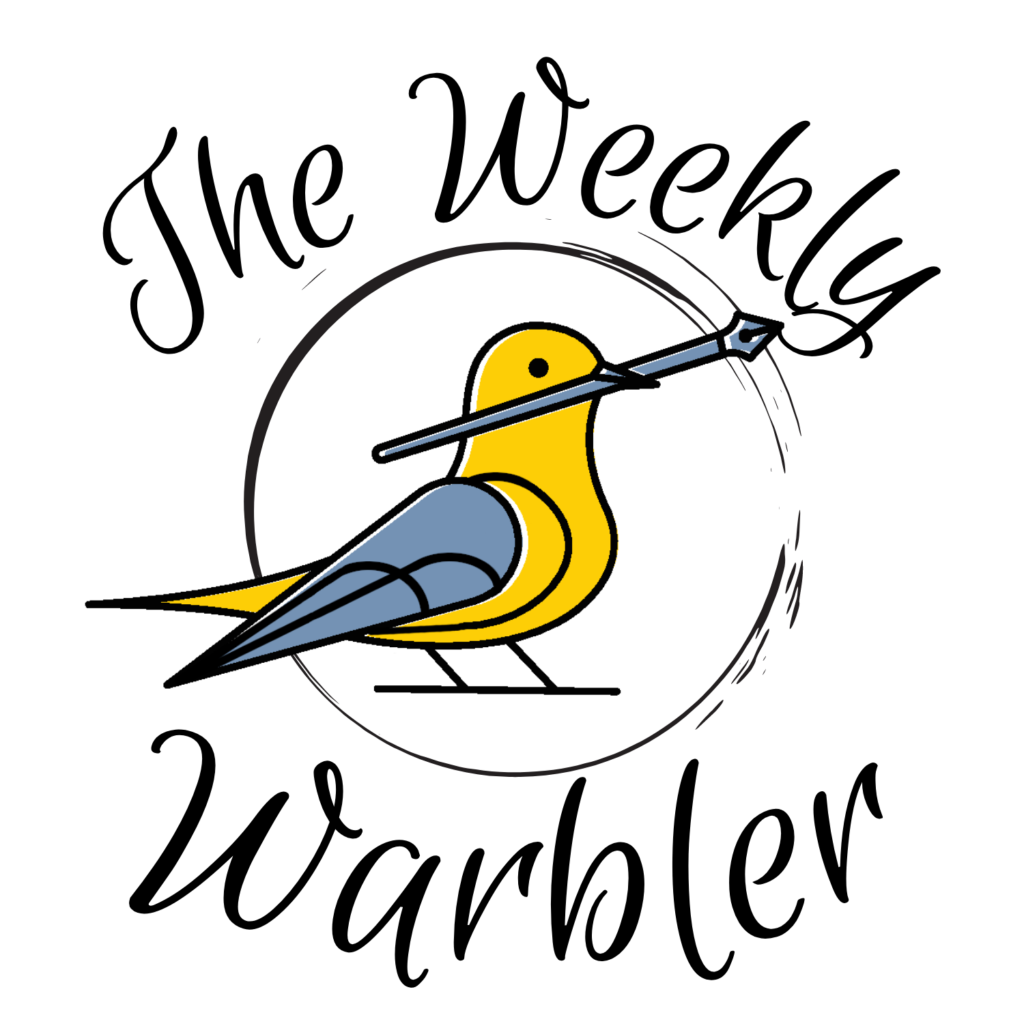Is Buying Seafood Bad for Birds?
Don’t get me wrong, I love seafood as much as the next person. I can inhale sushi at an alarming rate, can never pass up a fresh tuna steak, and basically anything with shrimp in it is practically calling my name.
Fresh seafood is a great source of lean protein, and is absolutely delicious. Humans have always existed alongside the ocean’s bounty, and it is such an important part of our diet and identity.
But there is a dark side to seafood that not many people know about. We probably all know that overfishing is a serious problem, but birds get wrapped up in the fishing debacle as well. But how would the fishing industry even be bad for birds? How do birds even get caught up in fishing nets in the first place, and is it even that big of a concern?
Well… when I learned just how bad our fisheries systems are for our feathered friends in the sky, it almost made me renounce seafood forever. The statistics will shock you. But there are ways we can make seafood harvesting better for birds.

Image Source: Andy Morffew, distributed under CC BY 2.0
Fishing Boats Are a Feast… and Also a Death Trap
Seabirds have amazing senses of smell that allow them to locate prey out in the vastness of the ocean. This is especially true for birds in the order Procellariiformes, which include albatrosses, petrels, and shearwaters. Their noses help them locate prey from tens to potentially even hundreds of kilometers away.
That’s like being able to smell a shrimp cocktail party in the next town over, which is honestly one superpower I’d like to have.

Image Source: Gregory Smith, distributed under CC BY-SA 2.0
Because their sense of smell is so good, it is easy for seabirds to find fishing boats. The smell coming off of a fishing boat is enough to attract nearly every bird for miles around. To seabirds, following a fishing boat is like an all-you-can-eat buffet. It is also a veritable death trap.
What Is Bycatch?
The term fisheries use for accidental animal death is bycatch. It’s when anything other than the target fish gets caught up in the nets and hauled onto the boat. Boats have hauled up sea turtles, sharks, rays, porpoises, and yes, even birds.
Seabirds get caught up in this frenzy when they dive into the water to scavenge for bait. When they collide with cables, get tangled in nets, or get hooked, they usually become injured and drown. This happens surprisingly often.

Image Source: Virginia Sea Grant, distributed under CC BY-ND 2.0
How Many Birds Die From Fishing Accidents?
Bycatch is wreaking havoc on our ocean ecosystems. An estimated 40% of captured fish is regarded as bycatch and never makes it back into the ocean after being hauled onboard.
WWF’s Fish Forward project estimates the number of animals that are killed annually (this is every year people!) from fishing boats include:
- 300,000 small whales and dolphins
- 250,000 sea turtles, including endangered loggerhead and leatherback turtles
- 300,000 seabirds, including several endangered albatross species
BirdLife International, the primary source for bird population data, estimates 200,000 seabirds are killed every year through bycatch in Europe alone. And that’s only the ones that are reported.
The number of ‘accidents’ is likely much higher, and these stats do not include birds that are injured by nets and left to drown at sea. Many vessels don’t include birds in their statistics for bycatch.
Birds die from fishing boats so often, bycatch is regarded as the principal cause of decline in seabirds.
The Critically Endangered Tristan Albatross (Diomedea dabbenena) has declined by about 96% since 1980. An estimated 500 Tristan Albatrosses are killed annually by long line fisheries alone.
It is not an exaggeration when I say, unsustainable fishery practices have brought many animals and birds to the brink of extinction, including my personal favorite seabird, the albatross.

Image Source: Hernán Piñera, distributed under CC BY-SA 2.0
How To Make Seafood Harvesting More Sustainable
The statistics are indeed alarming, and one solution might be to boycott all seafood and swear off the shellfish for good. While reducing meat consumption should be on everyone’s mind in the coming decades, we all know a worldwide seafood ban is not going to happen, nor do I want it to.
Seafood is not only healthy and delicious, it is a source of income and livelihood for many people around the globe. The answer lies in making the systems we put in place to harvest seafood more sustainable, and bring the outdated practice of just accepting bycatch as collateral damage to an end.
Improving Fishing Technology
Simple yet innovative solutions have been put in place to help prevent seabird bycatch by fishing boats.
A 2012 study has exciting results; by deploying nets at night when birds are less likely to forage, weighting nets so that the bait is below the dive threshold for diving birds, and long colorful streamers that trail behind the boat to scare away foraging birds, seabird mortality can be reduced by 100%, with no seabird bycatch when all three techniques were used.

Image Source: Michal Klajban, distributed under CC BY-SA 4.0
However, these solutions have been slow to implement because of… well… politics. There is little regulation for fishing methods, and fishermen have little to no incentive to apply better practices to their vessel.
The Agreement on the Conservation of Albatrosses and Petrels (ACAP), is the only multilateral agreement that aims to reduce seabird bycatch. They go into detail about different devices and techniques that can be used that effectively eliminates accidental bird death. Progress has been made, but clearly it’s not enough.
Bycatch still remains a principal cause of seabird decline in 2022.
Marine Protection Areas
Another method to protect seabirds is the establishment of conservation areas around breeding sites for endangered birds.
One study found that the frequency of Tristan’s Albatrosses which got hooked on fishing lines was highly concentrated in the waters around their breeding range near Gough Island and Tristan da Cunha. Establishment of no-fishing zones around key biodiversity areas such as these islands are key for reducing seabird death.

Image Source: Nweider, distributed under CC BY-SA 4.0
Protecting the ocean will not only help birds, but all swaths of marine life and people who depend on the sea for food. Today there is a push to protect 30% of the world’s ocean by 2030.
Research has shown that establishment of marine protected areas (MPAs) are simple and effective ways to bring resilience to ocean communities, and help combat the effects of overfishing. By supporting and advocating for these policies (and by voting for people who support them!) we can help protect our oceans and wildlife.

Image Source: Clifton Beard, distributed under CC BY-NC 2.0
We can also help these birds directly by supporting and donating to conservation projects such as ACAP and The Gough Island Restoration Programme. You can also follow them on social media and share their stuff. Spreading the word is just as important as donating. Most people don’t even know all of this is happening!
Consumer Choice
Finally, we as consumers can also have a huge influence on fishing practices, by choosing where to source our seafood.
Buying locally caught seafood from small operations is one thing we as individuals can do that is beneficial not only for wildlife, but also for our local economy and community.
We can also be ambassadors for the ocean by spreading the word, sharing this article, and supporting legislation that brings accountability to fisheries and the devastation they cause to marine life.
Change starts with each and every one of us, and despite some of the doom and gloom articles I read, it is not too late to make an impact. Instead of giving into despair, invest that energy into caring about the world around you. Even if it’s a simple thing like going to a small organic market instead of a big grocery store. Together our actions have an impact, so let’s make it a good one.

Image Source: James Armes on Unsplash















